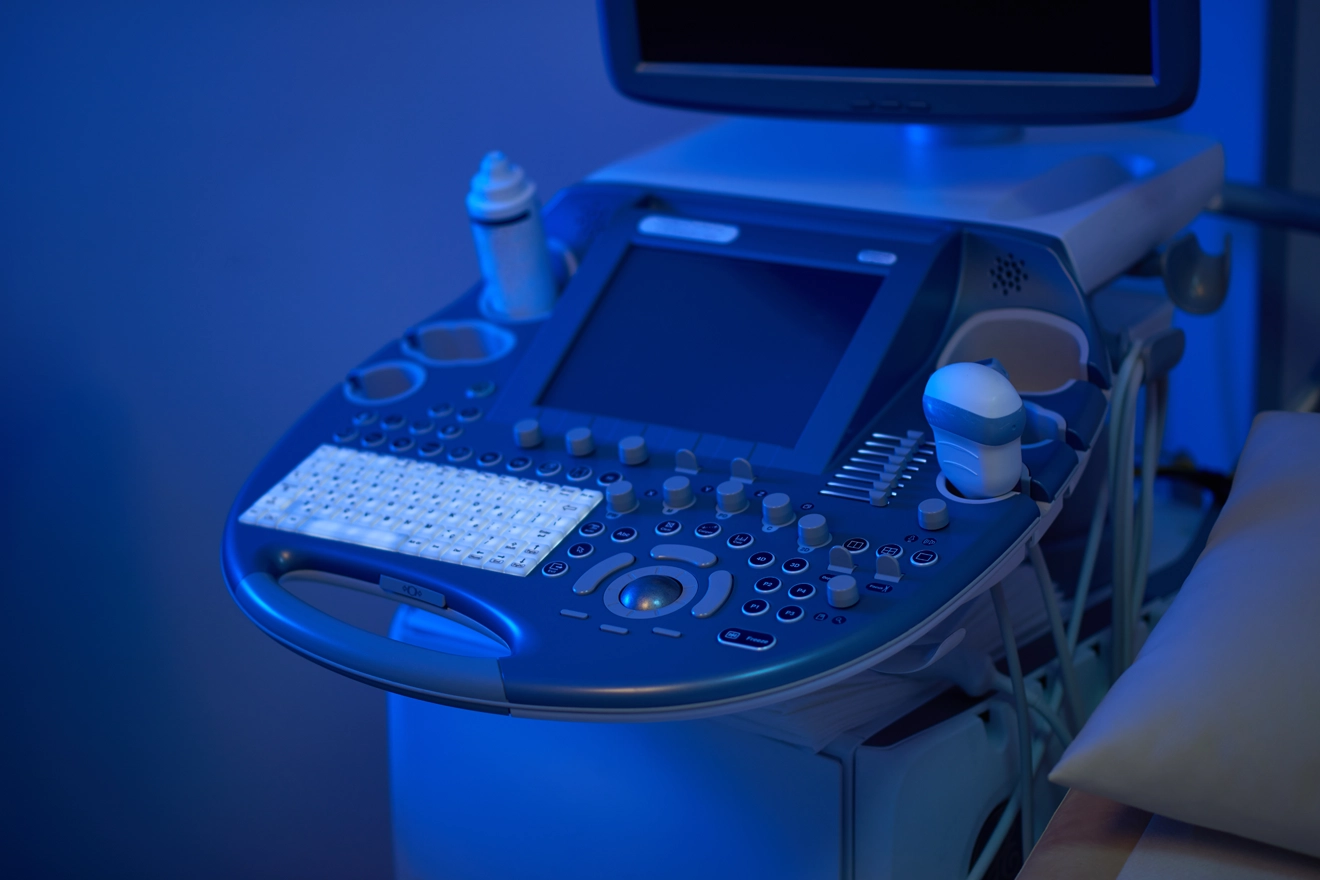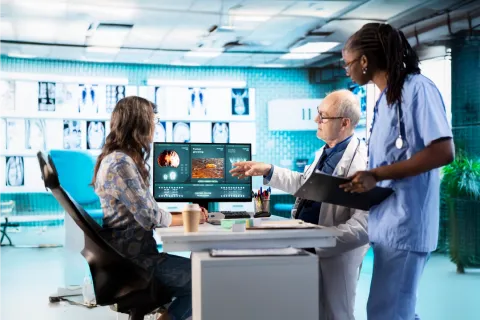
Building and managing an efficient Quality Management System (QMS) is a crucial step for medical device enterprises willing to deliver the right product to the customers. As almost all major markets across the globe made it a thumb rule to go by a compliant QMS while registering the products, it is indeed a primary requirement for manufacturers to maintain QMS for a successful product launch. As with the US FDA’s Quality System Regulation – QSR; and with Europe’s ISO 13485, manufacturers should adhere to the regional quality system regulations for compliance.
All through the process, finding the right QMS and understanding the standard procedures is of utmost importance. Here are some of the considerable effective QMS elements.
1. Documentation
The fundamental elements of a QMS are documents and processes, quality events, audits and workflows. Therefore, having a quality manual with various sections of relevant ISO standards (e.g.: ISO 13485) and understanding its requirements is important. A quality manual must meet the following criteria:
- Describe the scope of your QMS
- List the procedures comprising the QMS
- Describe interactions of QMS processes
- Outline the structure of QMS documentation
2. Medical Devices Files
A medical device file must be available for every type and family of the medical device with the following contents:
- Product description, including, intended use and indications for use
- Product labeling and instructions for use
- Product specifications
- Procedures and specifications for manufacturing, inspection, labeling, packaging, storage, handling and distribution
- Measuring and monitoring specifications
- Product installation specifications and procedures (if applicable)
- Product servicing procedures (if applicable)
3. Organizational Structure and Process
- Executive management should create and implement quality policy and quality objectives
- The organization must dedicate enough quality resources for training, audits and assessments
- A designated executive must be responsible for the QMS and quality system reviews
- Create a policy for quality audits, document the audit findings and use the audit results to trigger corrective actions
- Hire the right and sufficient personnel with relevant experience and provide effective training
4. Corrective and Preventive Actions (CAPA)
To identify the quality problems within the QMS and device lifecycle, the QMS must include CAPA procedures. Below are some of the specific CAPA requirements, that must be followed and documented:
- Root investigations must be performed on non-conformities
- Prevent recurring quality issues, by identifying relevant actions
- Verify or validate the effective actions
- Record and adopt the changes resulting from CAPA
- When appropriate, statistical methods can be used to determine the risk of recurring quality problems
- The CAPA results must be included in the management review activities and made available to all the impacted personnel
5. Identification and Traceability
- Through all the stages of the device lifecycle, there is a need to identify, trace and track down products impacted by potential adverse events, recalls and other quality events
- Identification is to know what products were manufactured when, and traceability is to have specific information about where the product is, in the event of any pertinent quality events
- Identification and traceability records should be maintained, and any product found to be non-conforming should be tagged and segregated from the conforming product
The above-mentioned elements are a foundation to have the right QMS for your organization and to ensure compliance with various Regulatory bodies. If you are a new market entrant looking for QMS services, consult a Regulatory expert. Stay informed. Stay compliant.









